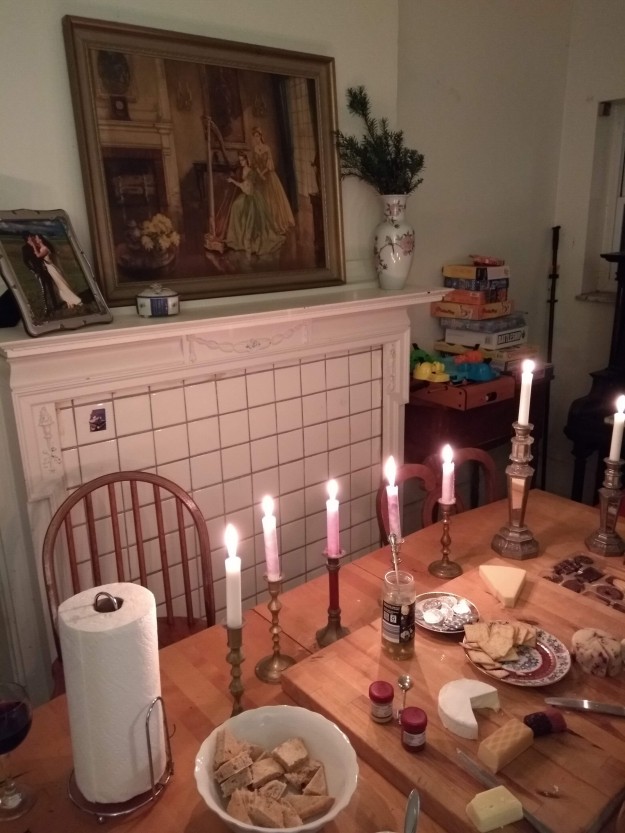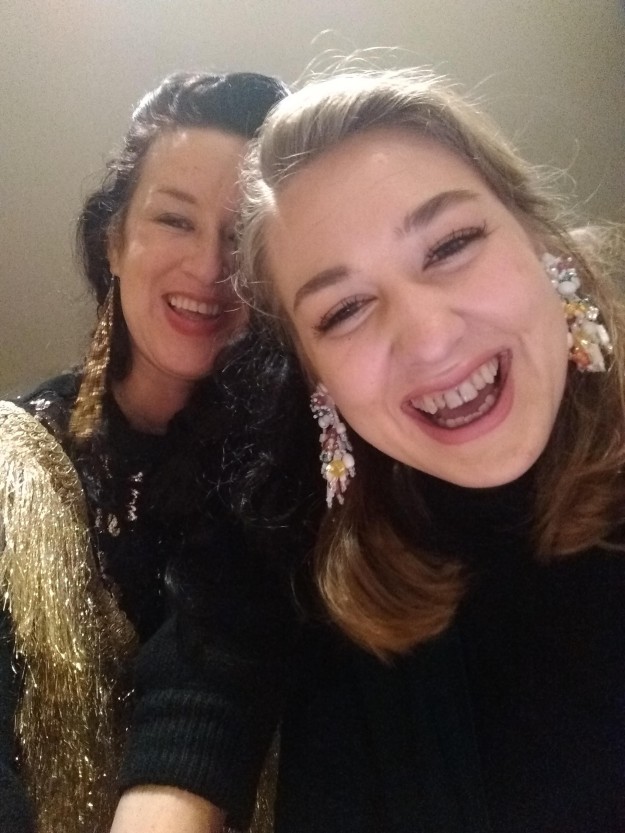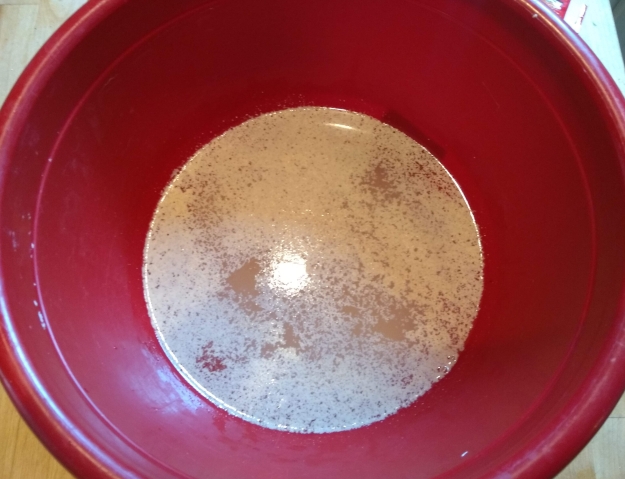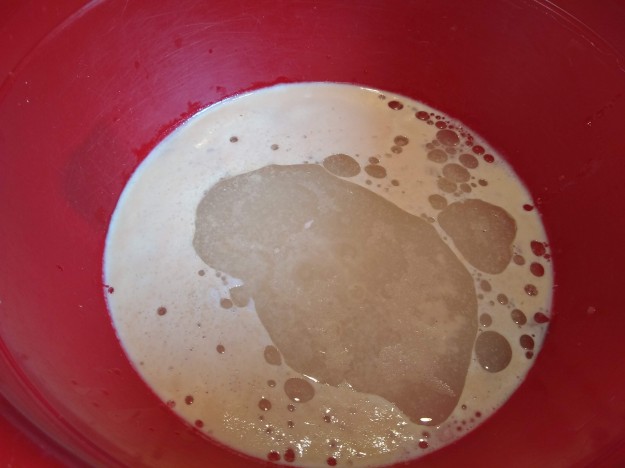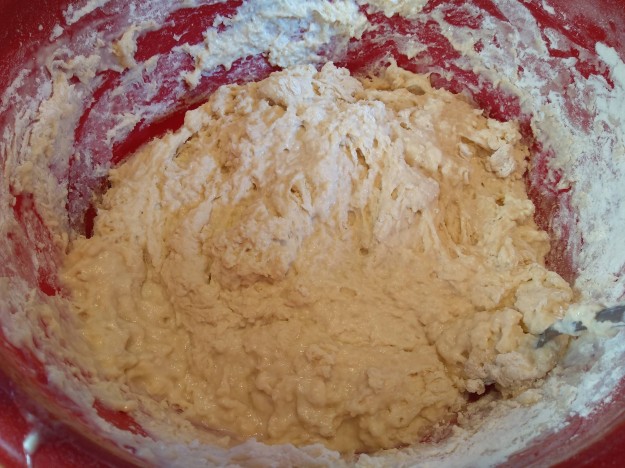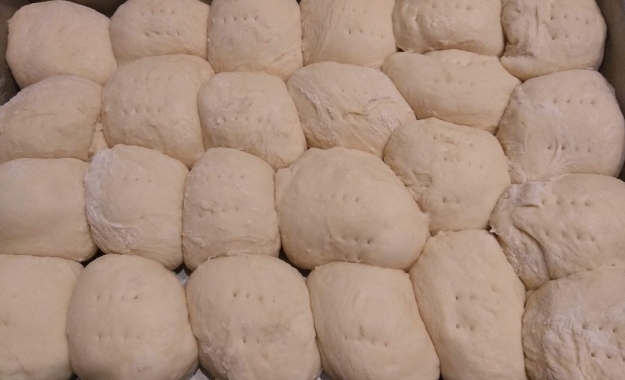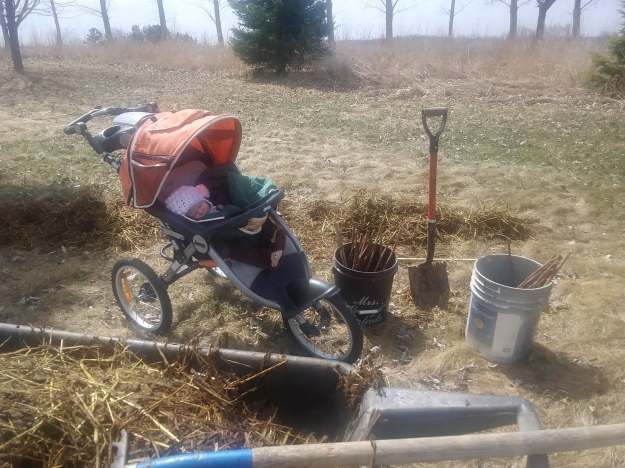I used to feel like I was the only woman who was suffering, on Mother’s Day. For a decade, I sat in a series of pews in churches across the country, surrounded by strangers. I remember them all. I dreaded the moment when they asked the women who were mothers to rise for a blessing and a single stemmed rose. What to do, as a single and apparently childless woman? Should I sit or should I stand? As a birth mother, both choices felt like a wound.
I am married with four more children now. I am older and wiser, I hope. One thing that I have learned is that of course I am not the only one who has suffered. So many of the women in the pews whose judgement I feared in my own grief and awkwardness and confusion and shame are suffering too. On Mother’s Day, women are mourning. Women are bearing the grief of infertility, broken relationships, abortion, stillborn children, grown sons and daughters lost in the opioid epidemic, or in the war that rages on the other side of the world and never seems to end.
We are offered flowers, cards, candy. We are given images of motherhood so idealized they bear no relation to our own lives. In fact, they offer insult to injury, taunting us with images of plastic perfection.
This is not the way this day began.
Mother’s Day was founded by Anna Jarvis, the ninth daughter of Ann Jarvis. Anna wanted to honor her mother, who gave birth to eleven children. Only four of them survived to adulthood. Seven of her babies died as infants, lost to measles, diptheria, and typhoid disease.
Ann Jarvis was a woman of deep faith and dynamic action. She was a force to be reckoned with. When she was pregnant with her sixth child, she founded the Mothers’ Day Work Club to bring women together to improve public health and reduce disease and infant mortality. The clubs raised money to support buy medicine, to hire helpers to work in households where mothers were suffering from tuburculosis and other health problems. They visited women in their homes to educate mothers about how to improve sanitation and health.
When the Civil War broke out, Ann Jarvis insisted that the Mothers Day Clubs remain neutral. The members of her Clubs fed, clothed, and cared for sick soldiers, Confederate and Union alike. When the War ended, she brought together soldiers from both sides and their families for a “Mothers Friendship Day”. She spoke to those gathered about unity, and reconciliation. They prayed together, they ate together, they sang together, and they cried together.
What an inspiration, and a challenge.
We cannot erase the crass commercialization of Mothers Day- but can we strive to become more like the woman who inspired it? My hope is that instead of suffering alone, we can reach out to each other to support each other in our grief, to strengthen each other, and to improve the health of our families, our communities, and to change the world.











